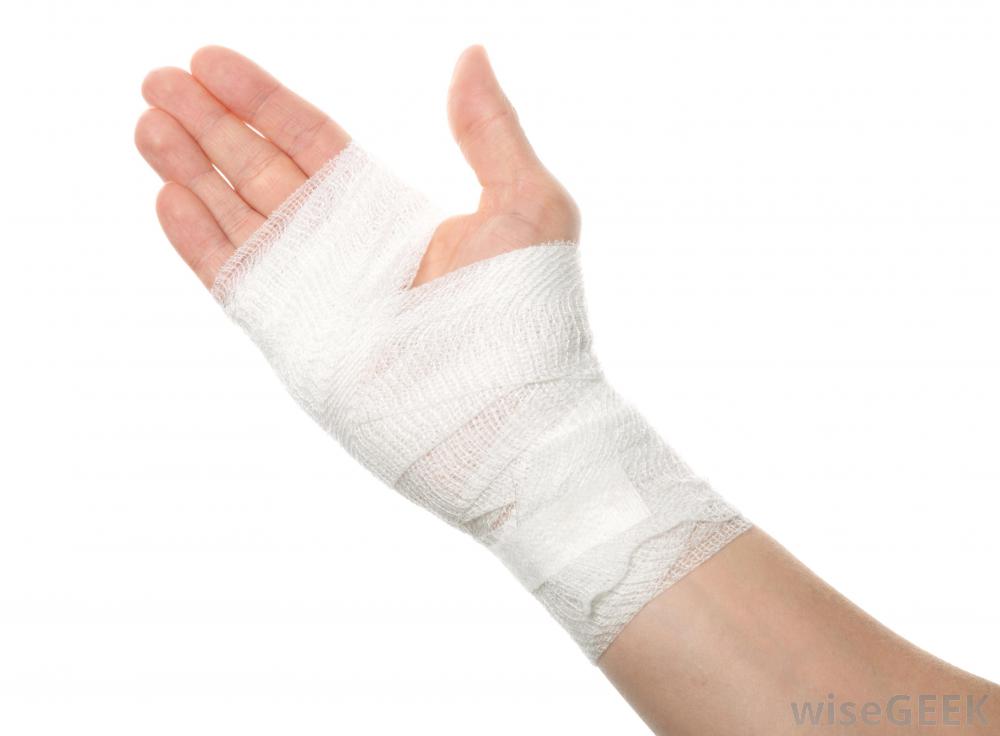Burn patients in Iran are faced with enormous challenges due to inadequate medical facilities and insurance coverage.
The rate of burn incidents is eight times the global average as per official statistics, while medical facilities for treatment are woefully insufficient and are only partially covered by insurance companies.
“At least 2,000 hospital beds and 400 ICU beds are required for the 25,000 burn cases on average per year. This is while currently there are less than half the needed hospital beds and a quarter of ICU beds,” Health Minister Hassan Hashemi told IRNA.
Besides, severe burn injuries need between 10 and 30 costly surgeries to partly regain the functioning of the affected organs.
Burn patients need an estimated 20 to 30 million rials ($520 to $780) for treatment of every one percent of burnt area, according to Alavi, (only one name given), an expert at the Iranian Burn Patients Support Association (BPSA).
Most of the victims are from the less privileged strata and can’t even afford the costs at state hospitals where medical tariffs are low.
Insurance companies have also failed to fully cover the processes categorizing many of the operations under “beauty surgery.”
“There are reference centers for burns in Mashhad, Tehran and Shiraz with adequate medical equipment but with only one-fifth of the required number of beds for a specialized center,” he said.
He also pointed to problems with regard to skin bank and stem cell research centers adding that “the conditions can’t be better given the present economic constraints.”
“The private sector has never invested in this area and governmental entities give priority to other medical fields and specialties,” Hashemi further said, stressing the necessity of more investments to provide better facilities and insurance coverage for burn patients.
After the acute phase of treatment, patients also have to cope with the chronic effects of the wounds such as restrictions of movement and an unpleasing appearance.
Never Ending Treatment
“The treatment of burn injuries seems to be never ending. How many surgeries they need and how much they will have to pay is not predictable,” said Naseripour, (only one name given), another expert at the BPSA.
In medical terms, once patients retrieve the five senses and the ability to move properly, the treatment is considered over. But the injured person often suffers from psychological and social problems due to their scarred external appearance which may need multiple surgeries to be restored to some extent. Insurance companies reluctantly pay for the essential operations and refuse to cover the so-called beauty surgeries.
Burn garments are among the easiest methods of preventing scars and later effects of injuries. Many patients however cannot afford these simple medical items as they are not included in insurance schemes.
“Insurance companies can cut on their expenses by covering these garments as they can prevent post treatment medical conditions,” said Naseripour.
A burn is a type of injury to skin, or other tissues, caused by heat, cold, electricity, chemicals, friction, or radiation. Most burns are due to heat from hot liquids, solids, or fire.
The characteristics of a burn depend upon its depth. The injuries are categorized under four groups depending on the layers of the skin it affects.
Superficial (1st-degree) burns involve the epidermis and will normally heal in a few days with simple outpatient treatment; superficial partial thickness (2nd-degree) extends into superficial (papillary) dermis and takes longer to heal like three to eight weeks.
Third degree or full-thickness burns involves the entire dermis and needs months to recover. A fourth-degree burn additionally involves injury to deeper tissues, such as muscle, tendons, or bone requiring excision and can even cause death.


